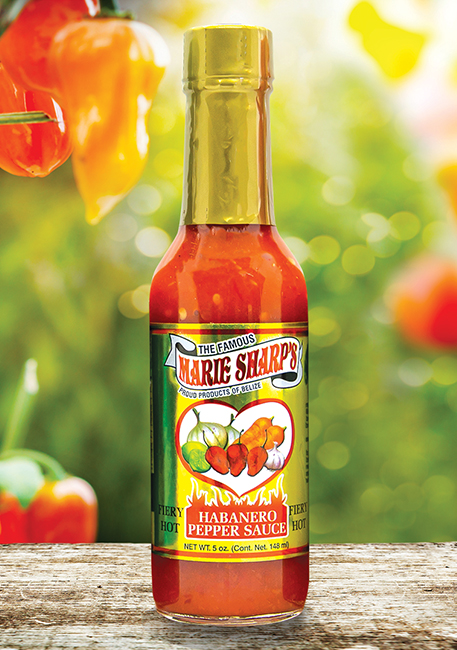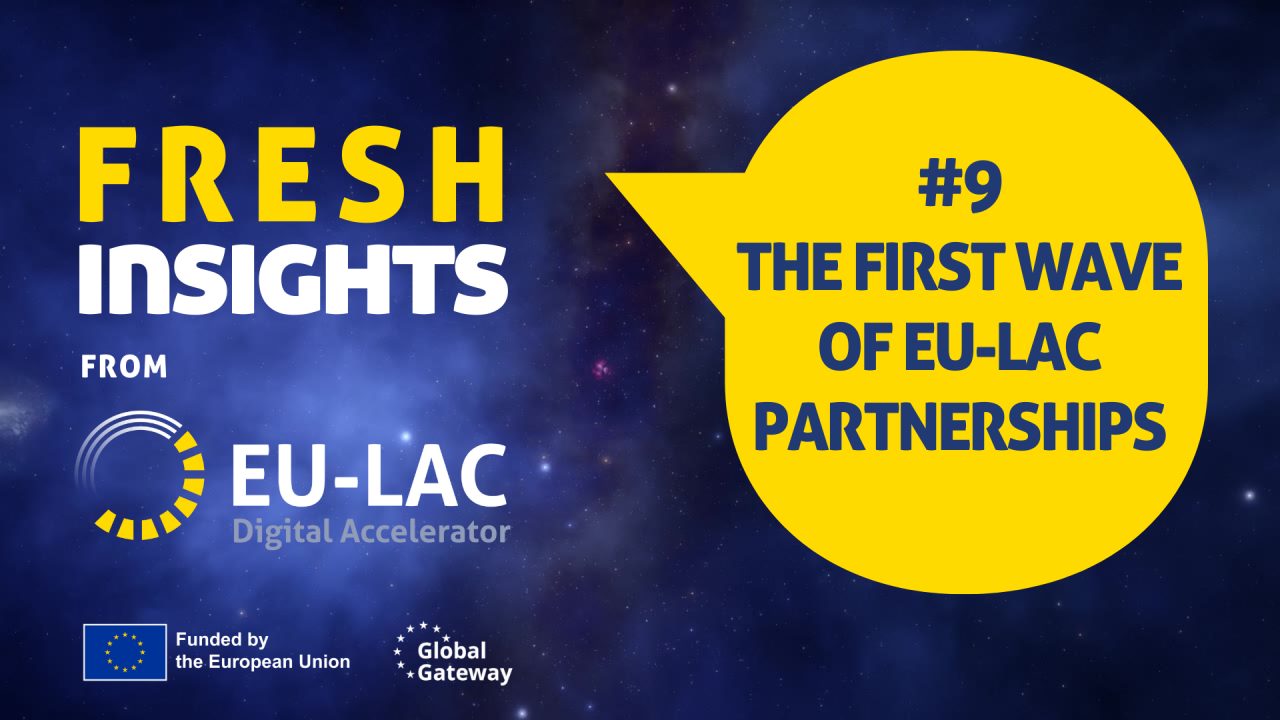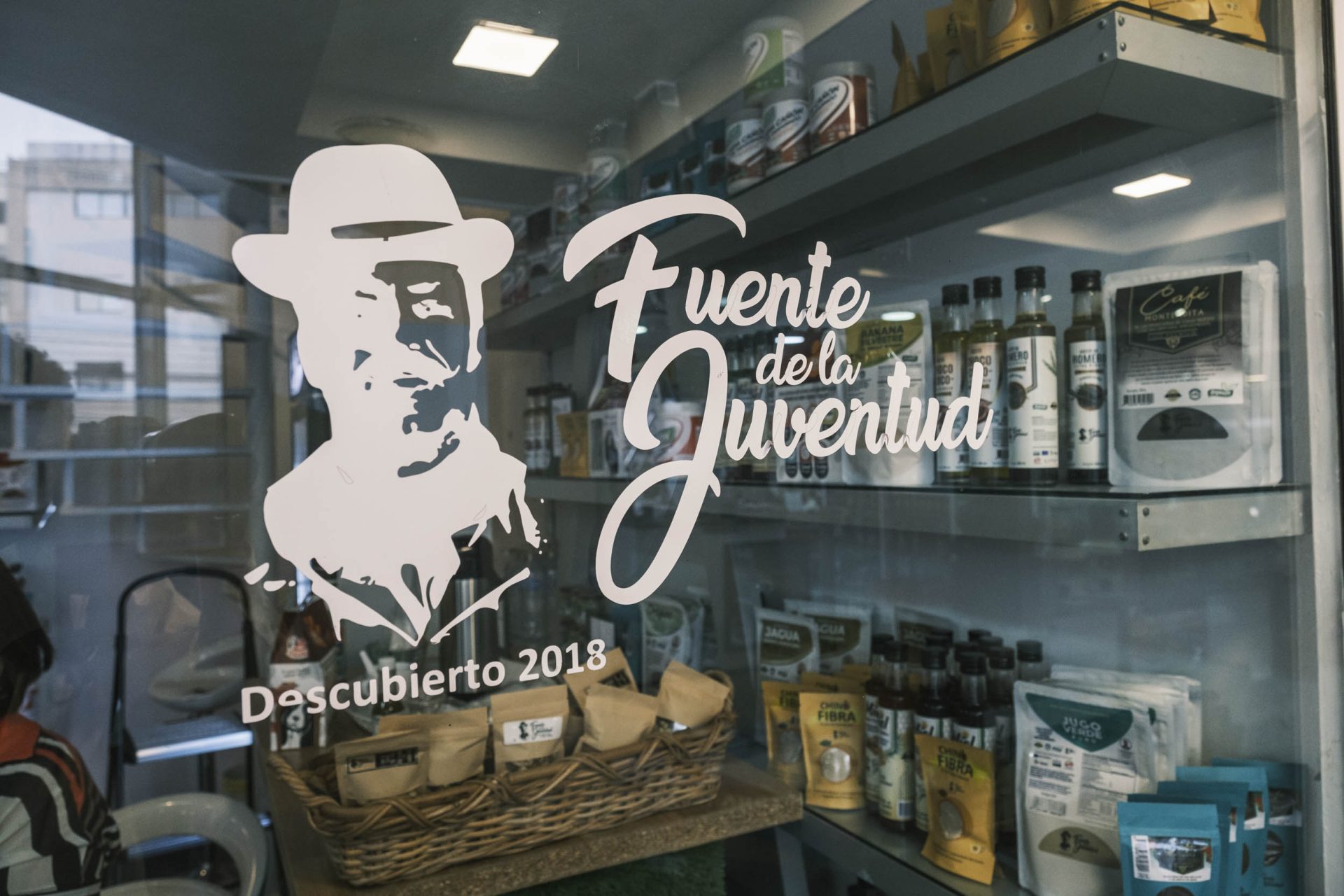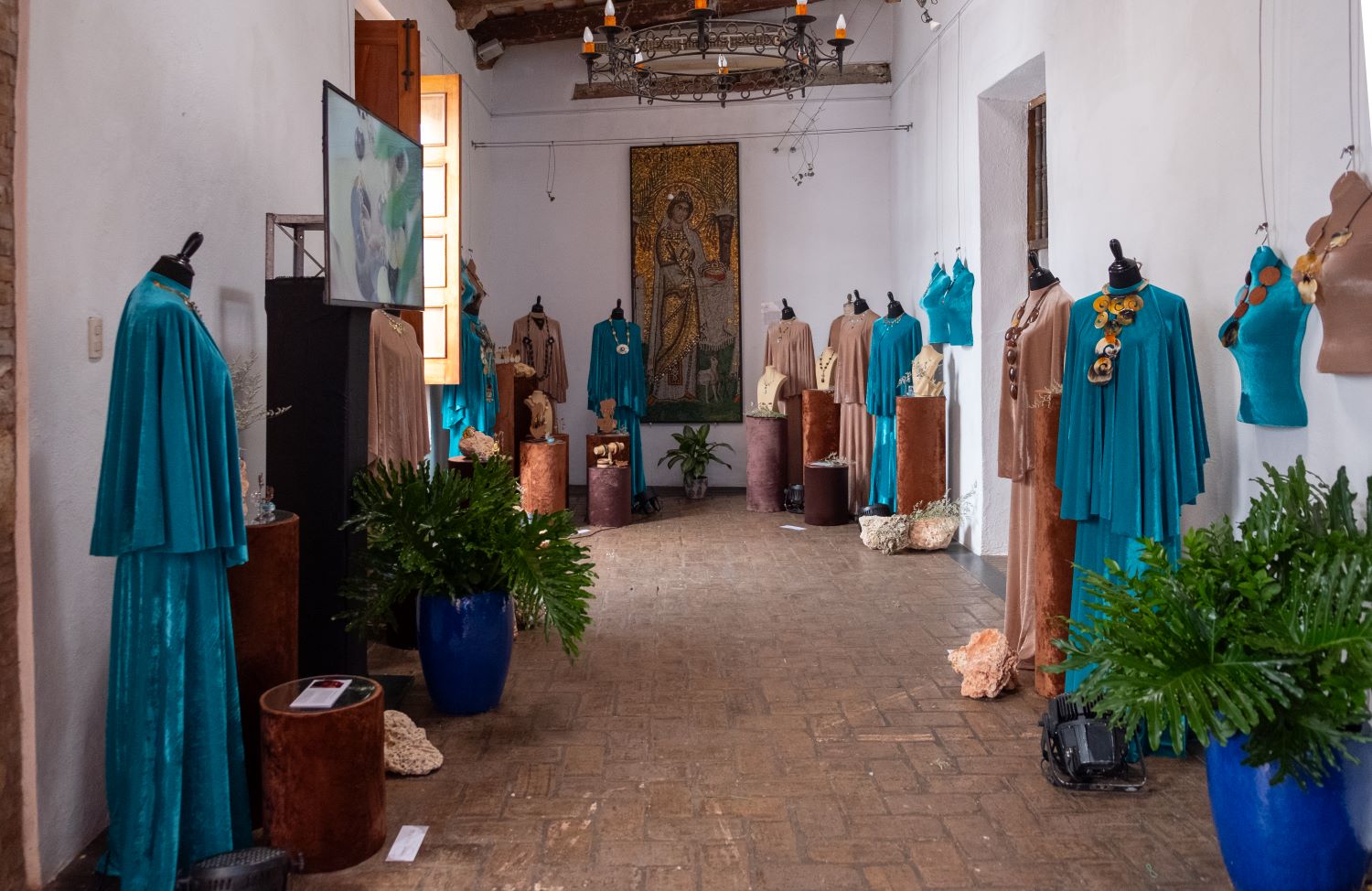The Caribbean Export Development Agency, in collaboration with the Delegation of the European Union in the Dominican Republic, the Ministry of Economy, Planning and Development (MEPyD), and the Ministry of Industry, Commerce and MSMEs (MICM), hosted the workshop “Business Opportunities in Europe and Latin America.” This event served as a unique platform for startups and technology companies in the Dominican Republic to establish product linkages with corporations from Europe and Latin America, exploring possibilities for strategic alliances aimed at innovation and growth in the international market.
The workshop is part of the Digital Connectors initiative, which is included in the EU-LAC Digital Accelerator program financed by the European Union as part of its Neighborhood, Development and International Cooperation Instrument (NDICI-Global Gateway). With over 170 corporations and 900 startups from Europe, Latin America, and the Caribbean connected in a cooperation network, this program seeks to drive digital transformation and foster strategic collaborations to provide solutions to the technological challenges of private companies worldwide.
Opening Remarks During the event’s opening, authorities emphasized the importance of international collaboration for the growth of the technological sector in the Dominican Republic. They highlighted that events like this workshop contribute to the global positioning of Dominican technology companies and strengthen their capacities to face challenges in the international market.
“Through Digital Connectors, we are committed to supporting the Dominican Republic and the entire region in building an innovation ecosystem with new opportunities for the growth and internationalization of local companies,” stated Melvín Asín, Head of Cooperation of the Delegation of the European Union in the Dominican Republic.
“In recent years, the country has experienced a significant digital transformation. The proliferation of connectivity, access to smart devices, and the implementation of emerging technologies have marked a transition towards a more digital society. Our government has made a strong commitment to digital transformation, making it a priority in the Multi-Year Public Sector Plan,” commented Olaya Dotel, Vice Minister of International Cooperation of the Ministry of Economy, Planning and Development (MEPyD).
“Collaboration with European and Latin American corporations is an invaluable opportunity for our startups to grow and face new challenges,” highlighted Fantino Polanco, Vice Minister for Industrial Development of the Ministry of Industry, Commerce, and MSMEs.
“At Caribbean Export, we are committed to driving digital transformation at the regional level and to the potential of our startups to integrate into global value chains. Through the EU-LAC Digital Accelerator, we aim for these companies to establish strategic connections and generate international business opportunities that drive their economic growth and job creation in the country,” declared Leo Naut, Deputy Executive Director of the Caribbean Export Development Agency.
Speakers and Topics Covered The workshop featured participation from experts in international partnerships and collaboration strategies in the ICT sector:
• Maika Gorostidi, Co-Director of the EU-LAC Digital Accelerator, who introduced the program’s objectives and detailed how it connects Dominican startups with corporations from Europe and Latin America.
• Francisco (Paco) Prieto, Co-Director of the EU-LAC Digital Accelerator, led the session on Strategic Connections: Companies from Europe and Latin America seeking collaborations with ICT companies and startups to generate business and address digital challenges, analyzing the opportunities and benefits of collaboration between startups and corporations.
• Miguel Rodríguez, Innovation Consultant of the EU-LAC Digital Accelerator, who shared key strategies for establishing business relationships with international corporations and startups, focusing on open innovation and solving common digital challenges.
This event marks the first workshop specifically aimed at startups and technology companies in the Dominican Republic as part of the Digital Connectors program agenda. The program will continue with other workshops focused on training corporations in open innovation, as well as bilateral meetings between these corporations and both governmental and private trade support organizations, to strengthen the technology ecosystem and facilitate strategic connections that drive the international expansion of the technology sector in the region.











